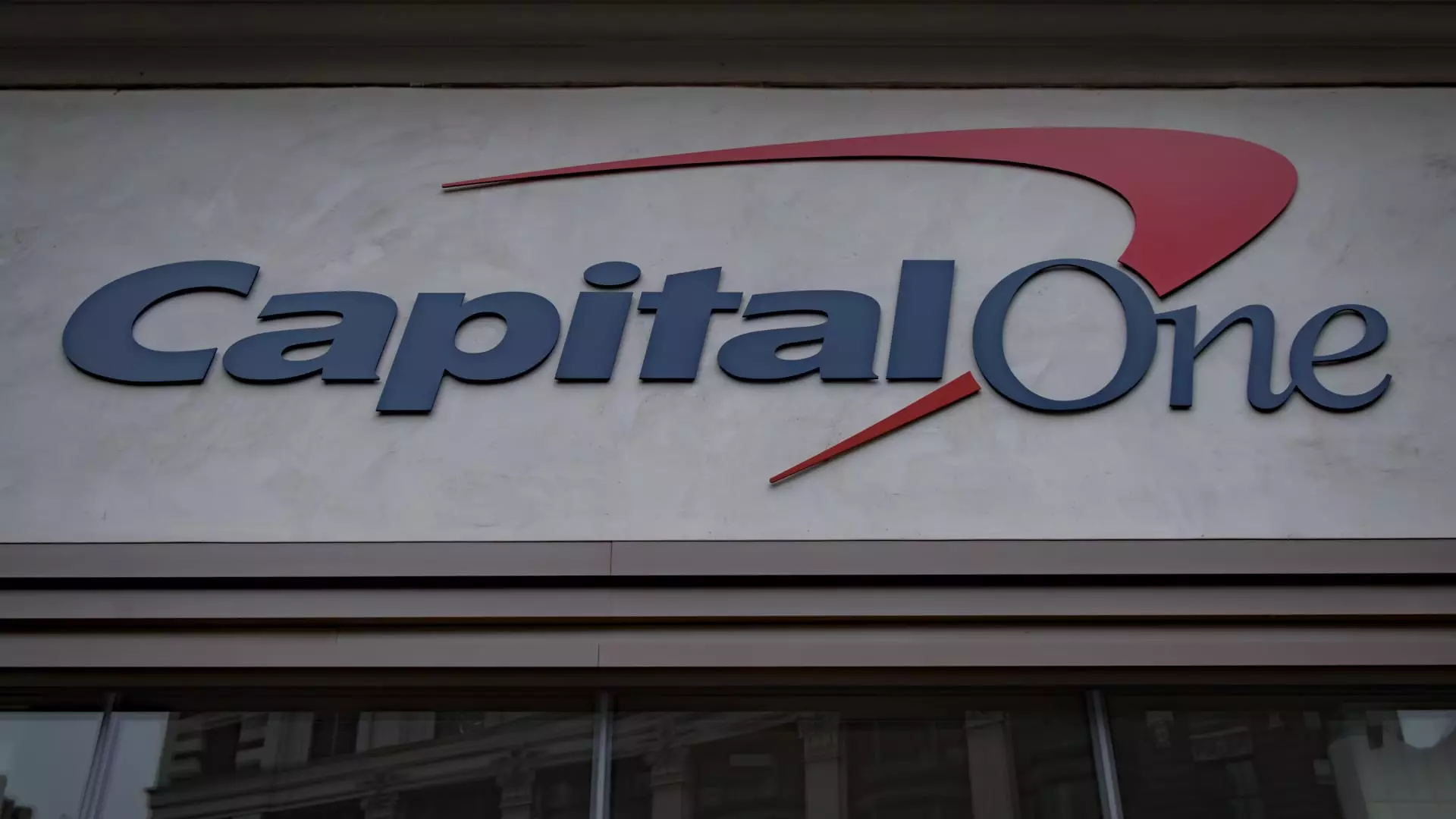In an era where financial institutions are grappling with unprecedented challenges and an increasingly competitive landscape, Capital One’s recent acquisition of Discover Financial Services represents a seismic shift that could redefine the credit card market. With a staggering $35.3 billion all-stock deal, the approval from the Federal Reserve and the Office of the Comptroller of the Currency marks not just a merger of convenience but also a potentially transformative moment in consumer finance. While some may view this union as a mere consolidation of power, there are compelling reasons to believe it will invigorate the sector.
Regulatory Backing and Strategic Meanings
The regulatory nod signifies more than just compliance; it is an endorsement of the proposed synergies between these two financial giants. The Federal Reserve highlighted its evaluation of the financial health and managerial resources of the merging entities, suggesting that the benefits may outweigh the risks. This endorsement is particularly notable given the scrutiny that mergers and acquisitions face in the current political climate, where consumers and lawmakers alike are increasingly wary of corporate monopolies.
If history has taught us anything, it’s that scale matters in the financial sector. With Capital One absorbing Discover, the resulting entity is better positioned to respond to the evolving needs of consumers who are keen on digital services and diverse credit offerings. This merger could lead to more competitive products and improved customer service as the companies pool their respective resources and technological innovations.
The Numbers Speak Volumes
Discover shareholders are set to benefit significantly, receiving an approximate 26% premium on their shares—1.0192 Capital One shares for each Discover share. This lucrative offer presents a solid case for the financial prudence behind this merger. Moreover, the new structure will allow Capital One shareholders to dominate 60% of the combined entity while Discover holders take a 40% stake.
From an investment perspective, the deal seems astute. As the financial landscape shifts toward digital solutions, the merger positions Capital One to bolster its deposit base and extend its credit card dominance, further solidifying its role as a titan in consumer lending.
Potential Risks and Challenges Ahead
However, it would be naive to ignore the potential pitfalls. Mergers of this magnitude often face integration challenges that can hinder operational efficiency. The combined entity must navigate not just cultural differences but also regulatory obligations that come with operating under one unified front. Additionally, with consumer sentiment swinging unpredictably, the financial landscape can be fickle, and entering a more competitive marketplace means that the combined company will need to innovate continuously.
Despite these challenges, the opportunity to create a more integrated player in the financial sector should not be underestimated. As Capital One prepares to finalize this deal by May 18, 2024, the industry will be watching closely to see if this high-stakes move can yield the anticipated dividends, or if it will fall victim to the common pitfalls of corporate consolidation. The coming months will reveal whether this is an unmatched opportunity or a miscalculated risk in a complex landscape.

